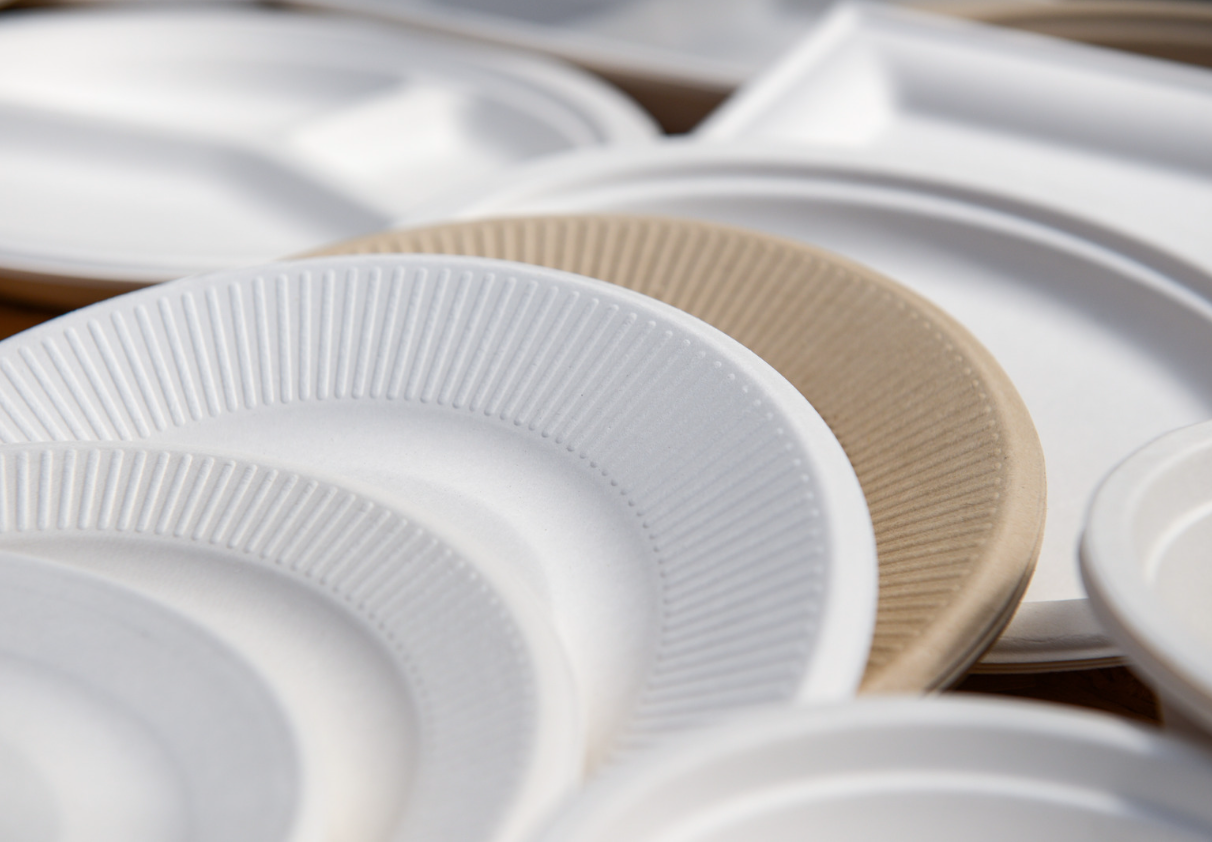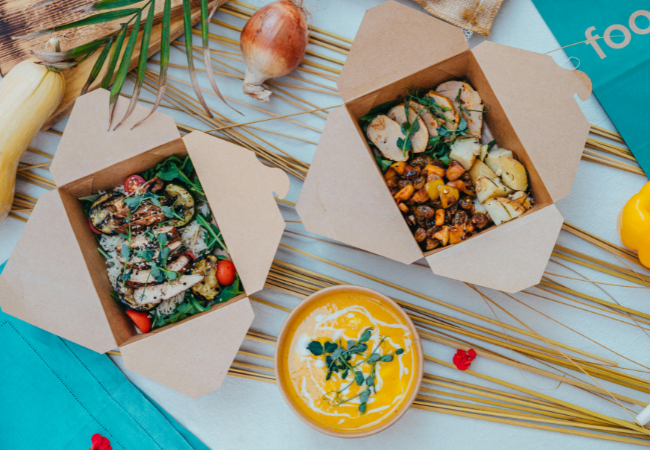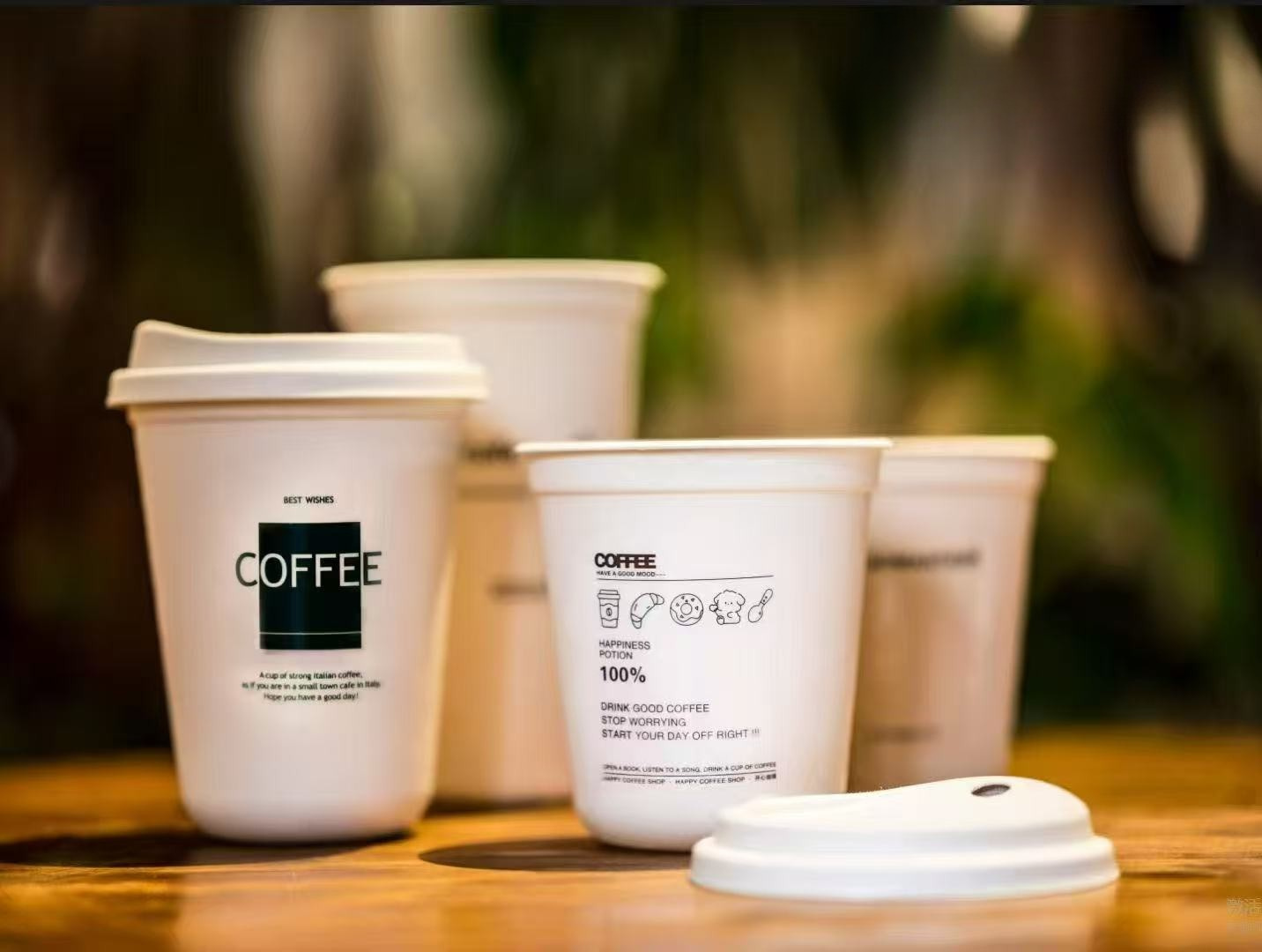
The global trend towards molded pulp packaging is accelerating, with the Netherlands-based Rabobank’s RaboResearch report highlighting its increasing adoption in the food and beverage sector. This shift is driven by three main factors:
- Regulatory Pressure: Governments worldwide are implementing policies to restrict single-use plastics, creating vast opportunities for molded pulp packaging.
- Technological Advancements: Improvements in barrier coatings and production techniques have significantly enhanced the performance of molded pulp packaging, making it a viable option for various applications.
- Consumer Demand: As consumer interest in eco-friendly products grows, brands are actively seeking sustainable packaging solutions, making molded pulp packaging an attractive alternative.
However, the widespread adoption of molded pulp packaging faces several challenges. For example, in terms of performance, molded pulp may struggle to fully replace plastic in certain areas, such as barrier properties. Additionally, higher production costs remain a concern. The material also faces stiff competition from other sustainable packaging alternatives.

To address these challenges, the industry must continue to innovate, improve barrier coating technologies, and increase production efficiency to lower costs. Europe is leading the way in packaging sustainability.
Europe’s Active Role in Sustainable Packaging
Natasha Valieva, Senior Analyst for Packaging and Logistics at Rabobank, points out that stringent sustainability regulations in Europe are pushing companies to seek greener packaging solutions. Molded pulp packaging has gained significant attention as a sustainable alternative. European brands are setting ambitious sustainability goals, aiming to reduce the use of virgin plastic and improve packaging recyclability.
Despite the rapid development in Europe, North America’s approach to sustainable packaging differs. While Canada has established a comprehensive regulatory framework, the United States remains relatively slow in implementing similar measures. Although some U.S. states are about to adopt Extended Producer Responsibility (EPR) policies, many details are still unclear, leading to a wait-and-see attitude in the U.S. market.
Barriers to Expansion in North America
Li Xin Nan, another analyst at Rabobank, highlights the importance of technological innovation and policy support for the widespread adoption of molded pulp in the packaging industry. Improving barrier properties, extending product shelf life, reducing production costs, and establishing better recycling systems are crucial to expanding its application. Meanwhile, government restrictions on single-use plastics provide molded pulp packaging with a promising market outlook.
Policy uncertainty also affects market growth. Despite the European Union’s plastic packaging restrictions, the implementation details are still evolving. This uncertainty makes some brands and retailers hesitant to adopt new materials, waiting for clearer guidelines before making decisions. Clear and stable policies are crucial for the market expansion of molded pulp materials.
Competition from Folding Cartons
Folding cartons present a significant competitor to molded pulp packaging, particularly in the food sector, such as salad bowls and multi-compartment lunch boxes. While both folding cartons and molded pulp packaging have their advantages in terms of performance and cost, competition between the two will spur further industry innovation and development.

Folding cartons share many similarities with molded pulp packaging in material sourcing, as both rely on plant fibers. As regulations evolve and barrier technologies improve, folding cartons benefit as well. Moreover, the carton packaging industry has established stable production lines, loyal customer bases, and robust sales networks.
Despite the strong competition from folding cartons, molded pulp packaging continues to attract attention with its unique appeal. Its versatility and functionality enable it to replace traditional plastic packaging in various applications.
The Future: Reusable Packaging Takes Center Stage
Natasha Valieva notes that reusable packaging is the future of the packaging industry. The European Union has set a target for 10% of foodservice packaging to be reusable by 2030. This means that although molded pulp packaging has a role in the short term, reusable packaging will likely dominate the market in the long term.
The foodservice sector is expected to be the largest growth driver for molded pulp packaging, especially in Europe and the U.S. The enormous scale and growth potential of the U.S. foodservice market are evident, but it’s important to note that Europe’s stricter environmental regulations may speed up the adoption of molded pulp packaging.
High-end and niche markets are also seeing a growing demand for eco-friendly products, with consumers willing to pay a premium for sustainable options.
Challenges in the Food Industry
Researchers emphasize the need for continuous innovation in molded pulp packaging, particularly in improving its performance and lowering costs, in order to stay competitive in the marketplace. While molded pulp packaging is currently more expensive, this situation may improve as environmental regulations are implemented more widely.

Conclusion
Molded pulp packaging is growing rapidly in Europe due to stringent regulations and increased consumer demand. However, North America remains cautious, with policy uncertainty and competition from other sustainable materials posing challenges. For molded pulp packaging to thrive globally, continuous innovation, policy clarity, and cost reduction are essential.
5 FAQs About Molded Pulp & Bamboo Tableware
1. Is molded pulp packaging as durable as plastic?
While traditional molded pulp struggles with moisture resistance, bamboo fiber tableware uses high-density compression technology for heat resistance (up to 250°F) and 2x the strength of standard pulp.
2. How does bamboo compare to other eco-materials?
- Bamboo: Renewable, FDA/BPI certified, naturally anti-bacterial
- PLA: Requires industrial composting
- Wood: Often heavier and splinter-prone
3. What’s the cost difference vs. plastic?
Bamboo tableware costs 20-30% more than plastic but 50% less than PLA.
4. Do you offer customization for branding?
Yes. PANABAM provides logo printing, color dyes, and custom shapes.
5. How reliable is shipping from China?
PANABAM ships 20+ containers monthly with 15-day lead times and damage-proof packaging.
Find the Perfect Sustainable Packaging for Your Business!
Panabam focuses on providing disposable, biodegradable bamboo pulp tableware. We prioritize using high-quality raw materials and advanced manufacturing techniques to create sustainable packaging solutions.
Our range of disposable tableware, made from bamboo pulp, is certified by international bodies like FSC. We offer everything from plates and bowls to cutlery and utensils, and we ship to over 100 countries, including those in Europe, Australia, America, and Southeast Asia.
Interested in testing our premium bamboo pulp tableware? Contact us for a customized sample from our expert team.
Let Panabam help you embrace sustainability with eco-friendly packaging and tableware solutions. Get in touch)with us today!

